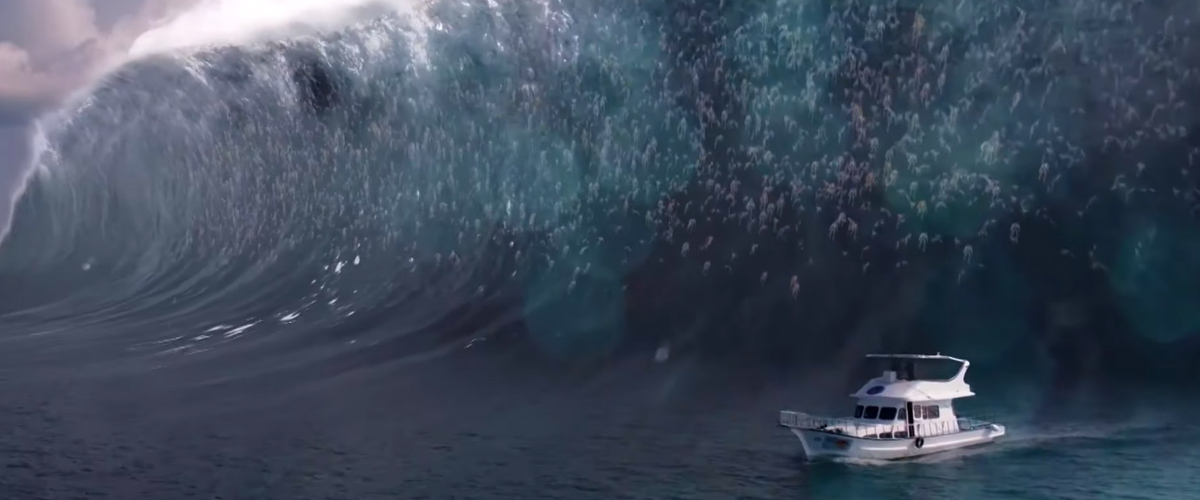
The storm continued northwestward along the Florida west coast, weakening before its second landfall near Cedar Key, Florida, on September 4. The waters quickly receded after carving new channels connecting the bay with the ocean however, gale-force winds and high seas persisted into Tuesday, preventing rescue efforts. The region was swept by a massive storm surge as the eye passed over the area. The hurricane intensified rapidly, passing near Long Key on the evening of Monday, September 2. In addition, it was the third most intense Atlantic hurricane on record in terms of barometric pressure, behind Hurricane Gilbert in 1988 and Hurricane Wilma in 2005. The fourth tropical cyclone, third tropical storm, second hurricane, and second major hurricane of the 1935 Atlantic hurricane season, the Labor Day hurricane was one of four Category 5 hurricanes on record to strike the contiguous United States, along with Hurricane Andrew in 1992, Hurricane Camille in 1969, and Hurricane Michael in 2018. It was also the most intense Atlantic hurricane on record until Hurricane Gilbert in 1988. The Great Labor Day Hurricane of 1935 was the most intense Atlantic hurricane to make landfall on record in terms of pressure, and tied with Hurricane Dorian in 2019 for the strongest landfalling Atlantic hurricane by maximum sustained winds, with winds of 185 mph (295 km/h).

Part of the 1935 Atlantic hurricane season

The Bahamas, Florida Keys, Southwest and North Florida ( Big Bend), Georgia, The Carolinas, Virginia, Maryland, Delaware, New Jersey, New York, New England (Lowest recorded in the United States, Third-lowest recorded in the Atlantic)

( Extratropical after September 6, 1935 ( )) Weather Bureau surface weather map of the hurricane moving up the west coast of Florida


 0 kommentar(er)
0 kommentar(er)
